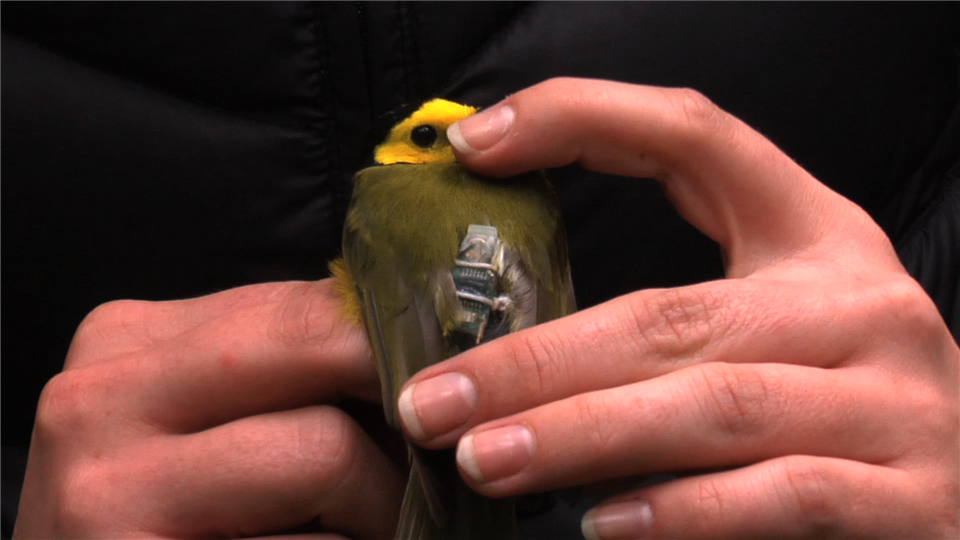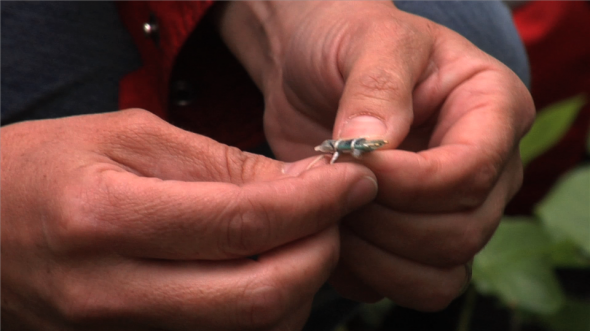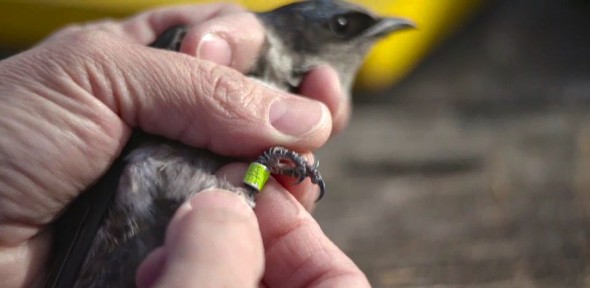
Geolocators Track Songbird Migration
In only the last few years, songbird migration research has taken a huge leap forward as ornithologists and bird researchers have been able to find out more about bird migration due to light logger geolocator technology.
Research teams can now equip the songbirds with tiny computer chip backpacks that record light levels and location information every two minutes. Within the device is a real time clock reference built in for each location measurement. The researchers who have successfully retrieved the geolocator devices from returning songbirds say that when they analyse data for even a small number of birds, it is astonishing what they find out regarding flight, speed, distance, stop over sites and wintering-ground destinations.
The tricky part about using this miniaturized technology is that the geolocators are not capable of transmitting live data, so in order for the researcher to get the data from the bird, the songbird has to not only has to be strong enough to carry a computer chip backpack for 9 or 10 months, it has to return to the same spot it was tagged to be recaptured the following spring. Because of the perilous migration journeys most songbirds face, researchers never recover all the birds they tag.
For our documentary, one of the migratory research studies we are looking at is in the Purple Martin Conservation area of Presque Isle Park on the shores of Lake Erie. Dr. Bridget Stutchbury, ornithologist and York University Professor, is featured in the documentary as she captures and tags Purple Martins at this site.
Another participant in the film, Dr. Martin Wikelski from the Max Plank Institute of Ornithology in Germany, was a catalyst for a very exciting tracking project – Movebank, which compiles the animal and bird migration geolocator records from hundreds of scientists worldwide.


